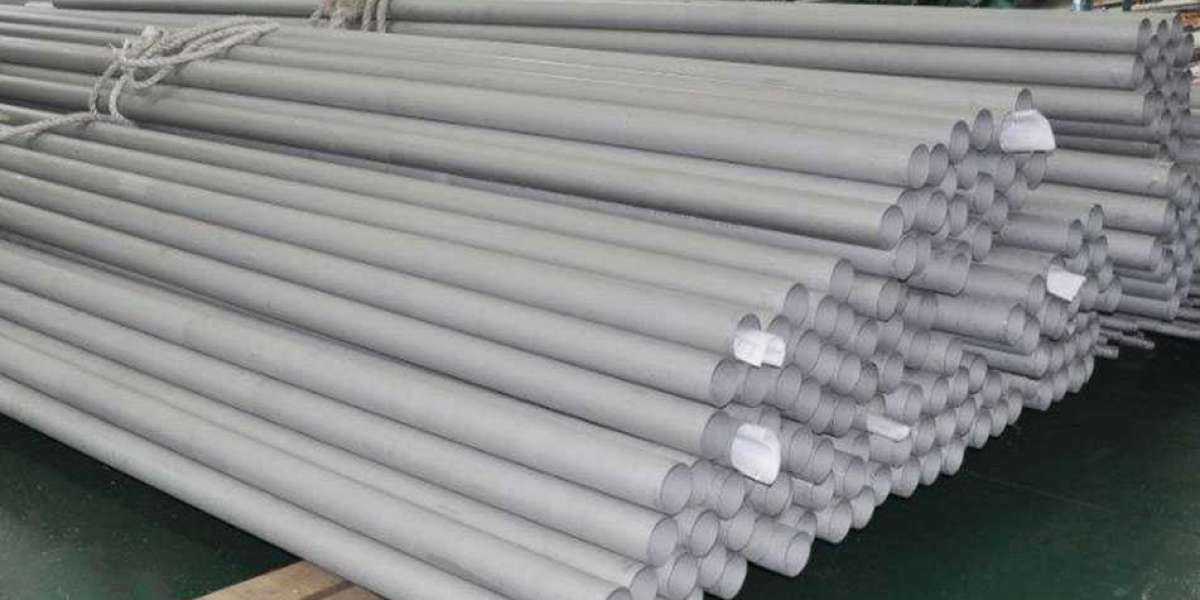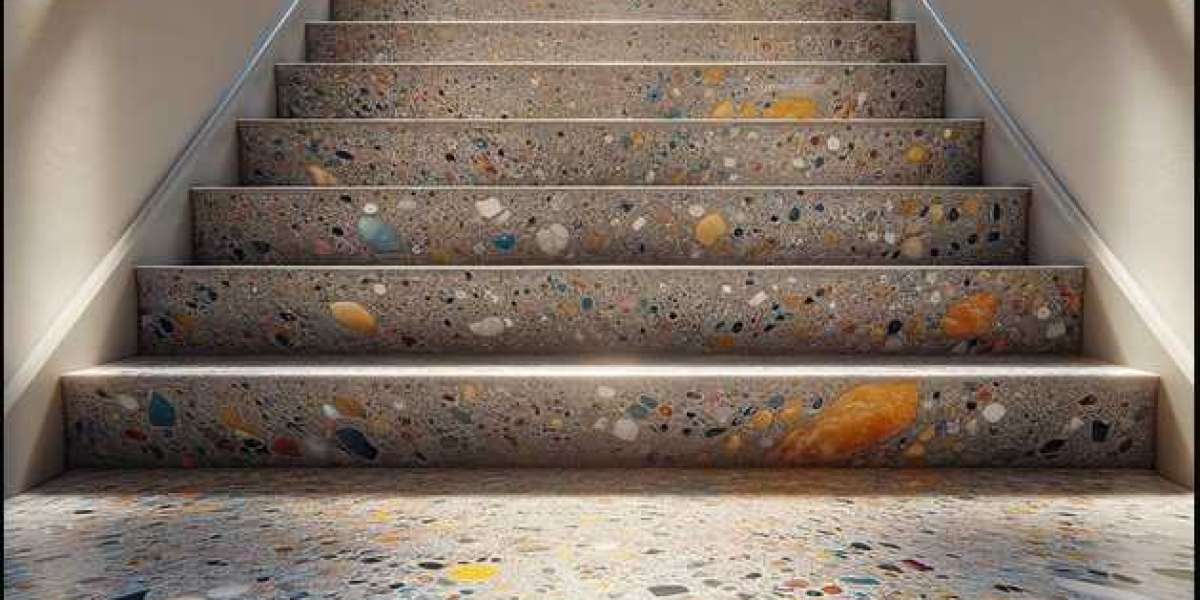In the demanding world of industrial heat exchange, the selection of materials is not merely a choice but a critical engineering decision that dictates efficiency, safety, and longevity. Among the various options available, the represents a specific and highly engineered solution for some of the most challenging environments. This component is not a generic piece of piping; it is a precision element designed to withstand aggressive media, high pressures, and thermal stresses that would rapidly degrade lesser materials.
The core identity of the s32750 u-bend heat exchanger tube is derived from two distinct yet interconnected characteristics: its material grade and its physical form. The material, S32750, is a super duplex stainless steel, a classification indicating a two-phase microstructure comprising both austenitic and ferritic grains. This microstructure is the source of its exceptional properties. The “U-bend” describes its geometry—a straight length of tube that is precisely bent into a 180-degree “U” shape. This configuration is a cornerstone of shell and tube heat exchanger design, allowing for thermal expansion and contraction within a fixed tube sheet system, thereby mitigating destructive stress buildup. The combination of a robust, corrosion-resistant alloy with this efficient mechanical design makes this component a cornerstone in modern thermal processing.
The industries that rely on this technology are those where equipment failure is not an option. You will find these tubes specified in offshore and marine applications, where equipment is exposed to highly corrosive seawater. They are integral to chemical and petrochemical processing plants, handling acids, chlorides, and other aggressive chemicals. In oil and gas production, particularly in upstream and midstream operations, they manage heat transfer in systems dealing with sour gas (hydrogen sulfide) and high-chloride brines. Pollution control and flue gas desulfurization systems also utilize these tubes due to their resistance to various acidic condensates. The driving force behind its specification is invariably the need for superior chloride stress corrosion cracking resistance and exceptional pitting and crevice corrosion resistance, coupled with high mechanical strength.
The Metallurgical Foundation: Unpacking the S32750 Super Duplex Stainless Steel
To appreciate the performance of the s32750 u-bend heat exchanger tube, one must first delve into the metallurgy of the alloy itself. S32750, commonly known as SAF 2507 or simply super duplex 2507, is defined by a carefully balanced chemical composition that yields its signature duplex microstructure. This balance is typically characterized by a pitting resistance equivalent number (PREN) exceeding 40, a key indicator used to rank the corrosion resistance of stainless steels. The PREN is calculated based on the content of chromium, molybdenum, and nitrogen, and a value above 40 places the material in the highest class of corrosion-resistant alloys for chloride environments.
The chemical composition is critical. High levels of chromium (around 25%) and molybdenum (around 4%) provide the foundational resistance to oxidizing and reducing acids, respectively. The addition of nitrogen (around 0.3%) is a powerful strengthening agent that significantly enhances resistance to pitting and crevice corrosion. Furthermore, nitrogen stabilizes the duplex microstructure against the formation of undesirable intermetallic phases during fabrication or service, which can embrittle the alloy. This synergistic effect of the alloying elements results in a material that offers mechanical strength approximately twice that of standard 300 series austenitic stainless steels. This high strength allows for the design of thinner tube walls, which can improve heat transfer efficiency without compromising pressure integrity or corrosion allowance.
The duplex structure itself is a key advantage. The ferritic phase provides high strength and resistance to stress corrosion cracking, while the austenitic phase provides toughness and ductility. This combination makes the s32750 u-bend tube exceptionally resilient against a wide spectrum of failure mechanisms. It is this robust metallurgical foundation that allows the tube to perform reliably in environments with high chloride concentrations, such as seawater cooling, and in processes involving acidic streams where both uniform corrosion and localized attack are primary concerns.
The Engineering and Fabrication of the U-Bend Geometry
While the material provides the inherent resistance, the U-bend geometry introduces specific engineering challenges and benefits. The primary function of the U-bend in a heat exchanger is to accommodate differential thermal expansion between the tube bundle and the shell. As the system heats up and cools down, the tubes and the shell expand and contract at different rates. A U-tube bundle is free to expand and contract independently, preventing the buildup of catastrophic thermal stresses that could tear tubes from the tube sheet or buckle the entire bundle.
The process of creating a perfect U-bend from super duplex stainless steel is a specialized fabrication operation. It is not a simple bending process; it requires precise control to avoid compromising the very properties for which the material was selected. The bending must be performed using mandrel or other controlled methods to prevent ovality (the tube becoming egg-shaped), wrinkling on the inner radius, or excessive thinning of the tube wall on the outer radius. Maintaining post-bend dimensional accuracy is critical for proper fit into the tube sheet and to ensure smooth flow characteristics.
Most critically, the bending process generates heat and plastic deformation, which can affect the microstructure of the material. In super duplex steels, there is a risk of precipitating detrimental intermetallic phases, such as sigma phase, if the material is held in certain temperature ranges for too long. Sigma phase formation can drastically reduce toughness and corrosion resistance. Therefore, the fabrication of an s32750 u-bend heat exchanger tube requires stringent process control, often followed by a solution annealing and rapid quenching heat treatment. This treatment redissolves any harmful precipitates that may have formed during bending and restores the optimal balanced duplex microstructure and the associated corrosion resistance properties. This ensures the mechanical integrity of the bend is not the weak link in the system.
Key Performance Advantages in Demanding Service Environments
The synergy between the S32750 material and the U-bend design translates into a set of tangible performance advantages that justify its selection over other materials.
Resistance to Stress Corrosion Cracking (SCC): This is often the primary reason for selection. Standard austenitic stainless steels like 304 or 316 are highly susceptible to cracking under the combined action of tensile stress (from internal pressure or residual stress from bending) and a specific corrosive environment, typically involving chlorides. The duplex microstructure of S32750 provides inherent immunity to chloride stress corrosion cracking, making it a default choice for cooling systems using seawater or brackish water.
Superior Localized Corrosion Resistance: The high pitting and crevice corrosion resistance is quantified by its high PREN value. This makes the s32750 u-bend tube suitable for services where stagnant or low-flow conditions might exist, creating crevices (e.g., under deposits or at gasketed joints) that are initiation points for intense localized attack. This property is essential in multiphase flow regimes common in the chemical and petrochemical industries.
High Structural Strength and Pressure Capability: The yield strength of S32750 is typically double that of 316L stainless steel. This allows for the design of heat exchangers with higher design pressures or, alternatively, the use of thinner tube walls for a given pressure rating. Thinner walls improve the overall heat transfer coefficient, leading to a more compact and efficient heat exchanger for the same duty.
Erosion-Corrosion Resistance: The combination of high strength and excellent corrosion resistance provides good performance in applications where flowing fluids contain suspended solids or where cavitation is a potential issue. This is a valuable characteristic in scrubber systems and slurry coolers.
The following table summarizes a comparison of key properties against a common austenitic stainless steel, illustrating the performance leap:
| Property | Austenitic 316L | Super Duplex S32750 | Advantage for S32750 |
|---|---|---|---|
| Typical Yield Strength | 170 MPa | 550 MPa | Can handle higher pressures, allows thinner walls |
| PREN (Typical) | 24-26 | 40 | Vastly superior pitting/crevice corrosion resistance |
| Chloride SCC Resistance | Poor | Excellent | Essential for seawater high-chloride environments |
| General Corrosion Resistance | Good to Very Good | Excellent | Better performance in a wider range of acids |
Critical Considerations for Selection, Installation, and Maintenance
Specifying an s32750 u-bend heat exchanger tube is not the end of the engineering process. Several critical factors must be considered to ensure the component performs as intended throughout its service life.
Material Verification and Traceability: Given the critical nature of the applications, verifying the material grade is paramount. Procurement documentation should require mill test certificates that confirm the chemical composition and mechanical properties meet the relevant standards (e.g., ASTM A789/A790). Full traceability from the raw material to the finished bent tube is a best practice.
Handling and Storage: Super duplex stainless steels are resistant to uniform corrosion but can still suffer from surface contamination. Iron contamination from contact with carbon steel tools, storage racks, or wire brushes can lead to localized rusting and can initiate pitting on the otherwise resistant surface. Tubes should be stored separately from carbon steel and handled with clean, dedicated tools.
Cleaning and Passivation: After fabrication, particularly after bending, the tubes should be thoroughly cleaned to remove any contaminants, oils, or embedded iron particles. A passivation treatment using an nitric acid solution is often recommended. This process removes free iron from the surface and enhances the formation of a continuous, protective chromium oxide passive layer, maximizing the inherent corrosion resistance of the alloy.
Operational Limits: While S32750 has an extensive operating temperature range, it is not immune to all forms of degradation. Prolonged exposure in the temperature range of approximately 600°F to 1700°F (315°C to 925°C) can lead to the precipitation of embrittling phases. Furthermore, despite its excellent chloride resistance, it can be susceptible to corrosion in highly oxidizing environments (e.g., hot, concentrated nitric acid) or under reducing conditions where specific acids are present. Understanding the full chemical composition of the process streams, including minor impurities, is essential.
Conclusion: The Strategic Value of a Specialized Component
The s32750 u-bend heat exchanger tube is far more than a simple piece of curved metal. It is the product of advanced metallurgy and precision engineering, designed to solve specific and severe operational challenges. Its value proposition lies in its ability to provide long-term, reliable service in environments that are relentlessly corrosive and mechanically demanding. The initial procurement cost is often higher than that of standard austenitic stainless steels, but this is offset by a significantly longer service life, reduced downtime for maintenance and replacement, and enhanced operational safety.
The decision to specify this component is a strategic one, rooted in a thorough analysis of the process conditions, a clear understanding of potential failure modes, and a lifecycle cost perspective. For engineers tasked with designing or maintaining critical heat transfer equipment in the oil and gas, chemical processing, marine, and power generation sectors, the s32750 u-bend heat exchanger tube represents a robust and proven solution, ensuring operational integrity where failure is not an option. It stands as a testament to the principle that in high-stakes industrial applications, the correct specification of fundamental components is the bedrock of reliable and efficient operation.














